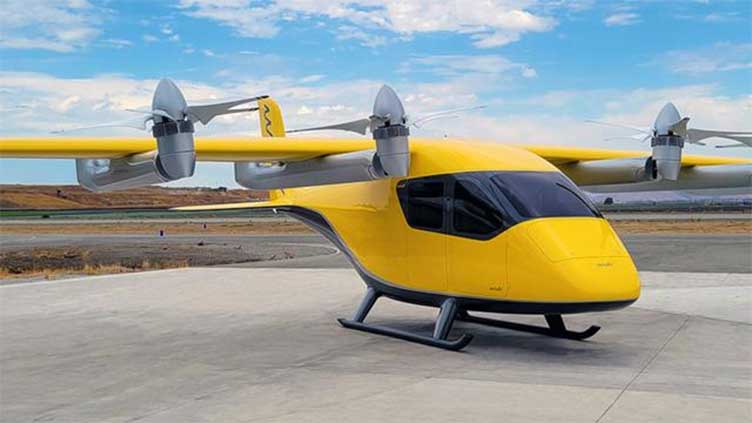Boeing's pilotless air taxi could take passenger flight by 2030

Technology
Wisk is working with its sixth-generation aircraft
(Web Desk) - The age of flying cars is now looming over our current reality. Humans now stand on the brink of a reality where such futuristic transportation is no longer confined to the realm of imagination.
US-headquartered Boeing is at the forefront of bringing this imagination to reality, and it has ambitious plans to begin carrying passengers’ later in the decade.’
Boeing hopes its subsidiary Wisk Aero’s tech will help address traffic woes in the U.S. by 2030.
Brian Yutko, CEO of Wisk Aero, stated that the company anticipates its pilotless air taxi starting to carry passengers “later in the decade” as it collaborates with the U.S. regulator to obtain approvals.
“We are right now testing and producing the elements of this aircraft that we will hope to fly around the end of this year,” he said.
Yutko revealed information about the plans for the flying taxis at the Farnborough Airshow, which is happening in the U.K. from July 22 to 26.
Despite Yukto’s grand claims, the flying taxi industry is encountering technological hurdles, including developing more powerful batteries to enable companies to make multiple trips on a single charge.
They also need to convince regulators and the public that the aircraft is safe, which is even more challenging when the aircraft is autonomous.
Wisk is currently working with its sixth-generation aircraft, which promises to transport up to four passengers and additional luggage on each trip.
The most sophisticated air taxi in the world, Generation 6 combines one of the safest passenger transport systems in commercial aviation with industry-leading autonomous technology and software, human oversight of every trip, and a generally streamlined design.
The eVTOL has a per-charge flying range of 90 miles (144 km) with reserves. As for performance, it is claimed to cruise at 120 knots (138 mph/222 kph) at 2,500 to 4,000 ft (762 – 1,220 m) above sea level.
With a 50-ft (15-m) wingspan, it has a 12-prop arrangement stretched out for takeoff, with the front row tilting for propulsion during horizontal flight.
The four-bladed rear props power down and lock during cruising to save drag, while the five-bladed transitional front props are larger than before and have five blades.
The wings and booms have also been raised above the passenger cabin for increased safety and reduced cabin noise.
According to Wisk, the eVTOL has been designed to fly autonomously using “logic-driven, procedural-based, decision-making software,” a suite of onboard sensors, and obstacle-avoidance capabilities.
Eyeing Asian markets
In addition to flying in the U.S., Boeing has ambitious plans to enter the flying cars business in Asian markets by the end of the decade.
Although Boeing’s manufacturing is based in the U.S., the company has expanded its operations overseas for many years. Boeing has research and development (R&D) facilities outside the U.S. in mainland Australia, South Korea, and India.


